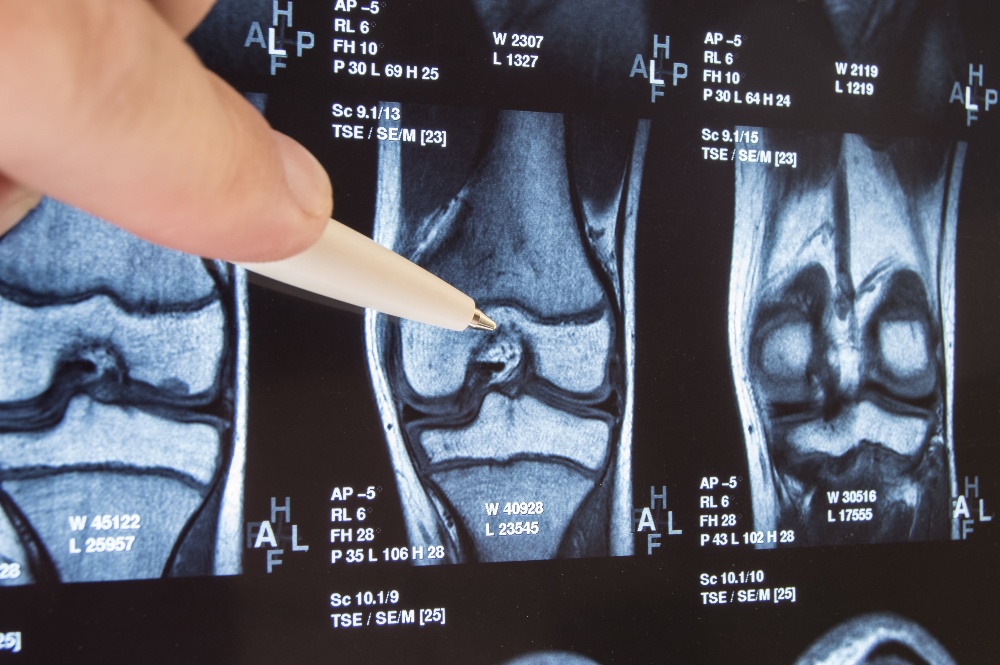The content of this blog post was updated on June 30, 2020. Previous comments have not been removed or edited.
Basics on cartilage
Cartilage is a durable, adaptable connective tissue that primarily serves as padding at the body’s joints. People who suffer from cartilage injury or deterioration typically report pain, difficulty with movement, and inflammation.
Cartilage exists in the body in three forms: elastic cartilage (a.k.a. yellow cartilage), hyaline cartilage, and fibrocartilage. Any of the cartilage types can become damaged.
The cartilage in the knee and other joints is a type of hyaline cartilage called articular cartilage. Damage to articular cartilage is extraordinarily common, especially as people get older. In fact, among Americans who are 60 years and older, almost one in five men (18%) and almost one in four women (23%) suffer from knee pain.
Symptoms of cartilage damage
Patients who have suffered cartilage damage will typically experience pain, inflammation (swelling and tenderness), rigidity, and reduced mobility.
When your articular cartilage becomes more intensely worn out or damaged, you may have a situation in which cartilage loosens. “If this happens, the loose piece of cartilage may affect the movement of your joint,” says the UK’s National Health Service. “This can cause a feeling of the joint locking or catching. Sometimes the joint may also give way.”
Causes of cartilage damage
How does cartilage get damaged? Here are three typical reasons:
- Not enough exercise: It’s important that the joints be worked out routinely in order to maintain strong functionality. Damage is likelier when people are inactive.
- Long-term deterioration: Just like a car or an apartment experiences wear-and-tear, so do our bodies. The stress on the joints becomes more pronounced with obesity – meaning that the knee cartilage is worn out more rapidly. Wear-and-tear articular cartilage damage is called osteoarthritis.
- Sudden and immediate impact: A huge amount of force can be directed at a joint without warning, as occurs in car accidents and athletics. Anyone who participates in sports, especially high-impact ones such as football, is more vulnerable to this type of knee cartilage damage.
Complications of cartilage damage
If a joint isn’t properly treated when cartilage damage occurs, it can essentially become unusable. With the knee, that can mean a walking disability, explains Christian Nordqvist of Medical News Today.
“Apart from immobility, the patient may experienced progressively worsening pain,” he says. “All small articular cartilage defects can eventually progress to osteoarthritis, if given enough time.”
Treatment with Regenerative & PRP therapy
Do you think you may have suffered cartilage damage in your knee? Flexogenix® is here to help.
Our regenerative medicine program can help. Progeni-Flex™ combines the most advanced elements of regenerative therapy and platelet rich plasma (PRP) therapy into one extremely effective protocol.
Additionally, our Knee-Flex 5-Step Protocol is specifically designed to heal damaged cartilage within the knee due to osteoarthritis.
If you’re dealing with chronic knee pain, you don’t have to continue to suffer. Contact us today to schedule a no-cost consultation and our experts will give you a personalized plan to relieve your pain and improve your life.






